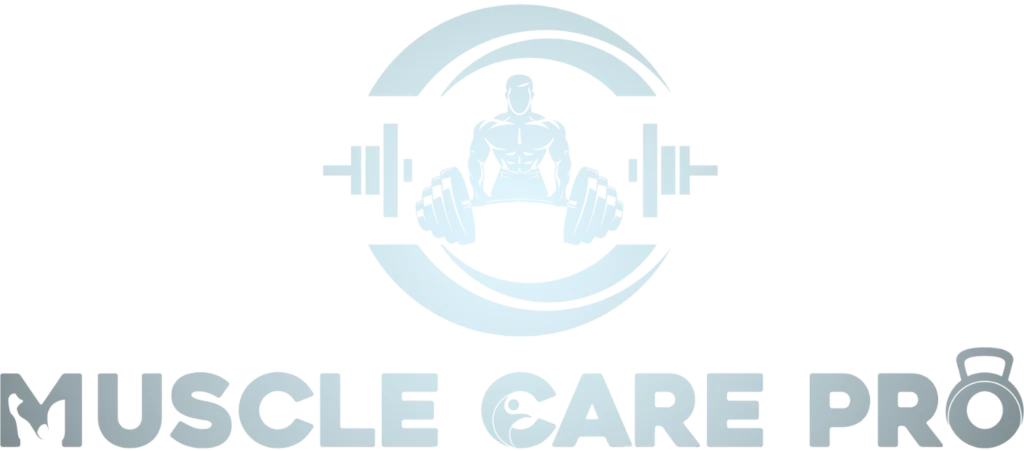What muscles do paddle boarding work
Paddleboarding has quickly emerged as a fashionable water sport that provides entertainment on water and presents remarkable physical exercise. Regardless of whether you are a beginner wanting to take up this sport or you are already very fit and want to enhance your fitness levels even further, paddle boarding offers strength, endurance, and core stability training as an all-in-one activity. But precisely what muscles do paddle boarding work? This article provides a detailed description of how paddle boarding engages the different muscle pads, its advantages, and the fitness continuum to which it can contribute.
Understanding Muscle Engagement in Paddle Boarding
The activity of Paddle Boarding involves aerobic, anaerobic, and strength endurance and therefore requires the use of the entire body. This is because, unlike those practices that deal with specific areas of the body such as the arms, the legs, or the abdomen, paddle boarding takes all these areas and more as one has to paddle, keep balance in the body, and negotiate through different water conditions. Following are the major muscle groups, which get engaged while paddle boarding.
- Core Muscles: The Powerhouse of Paddle Boarding
The primary muscles utilized in paddle boarding include the core muscles which are crucial in providing the required stability and precision. These muscles act to support the body on the board, especially when there is wave activity or rough waters.
Abdominals: When you paddle, your core or abdominal muscles are always contracted to support your body and upper limbs. This contraction of the abs has a fitness benefit as it increases core endurance and stability.
Obliques: Engaging in the repetitive motion of paddling back and forth helps work out the oblique muscles, which in turn shapes and slims the waistline.
Lower Back: Balancing while paddle boarding also activates the lower back muscles which helps to strengthen one’s posture as well as the back.
- Upper Body Muscles: Generating Paddling Power
When paddle boarding, the hands, arms, shoulders, and upper back are of great importance especially when one is trying to push the board forward with every stroke.
Shoulders: As the shoulder muscles, the deltoids take part in the motion of lifting and reaching during paddling which is important in sustaining the paddling cadence and technique.
Biceps and Triceps: Paddling involves every stroke of the south with the biceps and triceps working hard and thus, contributing effective exercises for the arms.
Upper Back Muscles: Every paddle stroke engages other prime movers such as the rhomboids, lats, and trapezius, and, thus, builds a sculpted well-defined upper back.
- Lower Body Muscles: Maintaining Stability and Balance
Although stand-up paddleboarding is often perceived to work mostly on the arms, the lower body is also important in providing stability and balance on the board.
Quadriceps:
When riding a surfboard, it is essential to keep a squat position, which is where the quads come into play for shock absorption from the water.
Hamstrings: The hamstrings work alongside the quadriceps to aid in stabilizing the lower half of the body while providing strength and endurance in supporting the position for long durations.
Glutes: The gluteal area aids in a person’s balance and also helps to keep them in a strong and stable position, particularly in waters that are not even.
Calves: The calves are also used to stabilize the legs for the feet and also assist in keeping the surfboard steady from under the rider.
Additional Health Benefits of Paddle Boarding
Supa is not only beneficial for muscle use and cardiovascular activity, but it has also other health benefits, such as:
Improved Flexibility: Paddle boarding promotes mobility, especially for the shoulders, the hips, and the midsection. The constant movements of the activity help relax and elongate the muscles.
Enhanced Balance and Coordination:
Imbalance and coordination are enhanced through the urge to navigate along the waves or remain balanced on the board.
Mental Wellbeing: There is evidence that being on water helps relieve stress, improve mood, and most importantly provide an environment that can be described as meditation, all of which benefits mental health.
Conclusion
Stand-up paddleboarding (SUP) is a full-body workout that utilizes many muscles, including the abdominal muscles, arms, and legs. Both flat water in a lake or rough sea have their advantages and thus can help one in benefit both physically and mentally. Therefore, it’s a recommended activity to include whenever a fitness plan is being drawn. “So, when considering ‘what muscles does paddle boarding work,‘ remember that it’s a powerful full-body workout that strengthens muscles, enhances balance, and boosts cardiovascular health.”
just remember it’s like that practice was made for everyone. It builds up your muscles, improves your balance, and does cardio as well.
FAQs
- How many calories can you burn while paddle boarding?
Paddleboarding can help you burn 300 to 500 calories in an hour, depending on the intensity and water conditions.
- Is paddle boarding good for building core strength?
Paddle boarding is an awesome workout for strengthening your core muscles since it works out the stomach and lower back consistently.
- Does paddle boarding work the leg muscles?
For sure. Paddleboarding utilizes a lot of leg muscles especially the quadriceps, hamstrings, gluteus maximus, and calf muscles to balance.
- Can beginners benefit from paddle boarding as an exercise?
Indeed, paddle boarding is great for novices and offers a low-intensity full-body exercise that can be manipulated to fit different fitness levels.
- How often should I paddle board to see muscle-building results?
In order to reap the muscle-building benefits of paddleboarding, one should aim to do it at least twice weekly alongside other strength and endurance activities.











